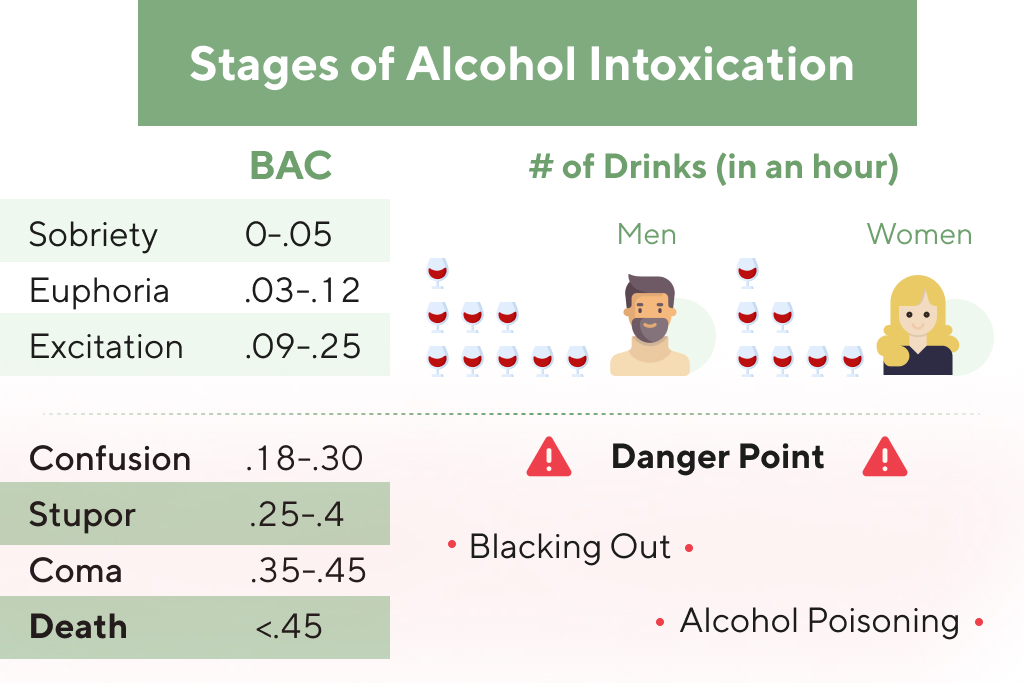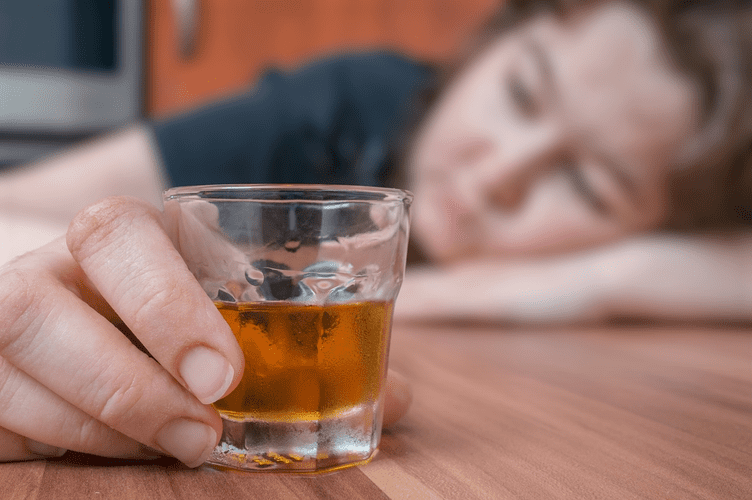The prevalence of prescription drug abuse escalated rapidly beginning in the late 1990s, requiring a significant increase in research to better understand the nature and treatment of this problem. Since this time, a research literature has begun to develop and has provided important information about how prescription drug abuse is similar to, and different from the abuse of other substances. This introduction to a special issue of the Journal of Substance Abuse Treatment on prescription drug abuse provides an overview of the current status of the research literature in this area.
Related Health Topics
- However, there is a broad range of short and long-term health consequences for each type of prescription drug when misused.
- The Public Health Law Program works to improve the health of the public by developing law-related tools and providing legal technical assistance to public health practitioners and policy makers in state, tribal, local, and territorial (STLT) jurisdictions.
- Today, they prescribe them for conditions such as ADHD, ADD, depression, and narcolepsy.
“Using these substances outside of a doctor’s prescription is already a red flag and a warning,” Compton says. The study also found that teens’ abuse of prescription and over-the-counter medicines is equal to or higher than abuse of drugs such as cocaine and crack, Ecstasy, methamphetamine, and heroin. Stopping or cutting back on prescription drugs used for a while, may cause different symptoms for different drugs.
Other NIDA Sites
Outpatient treatment – adaptive programs that allow patients to keep living their daily lives and attending therapy sessions. Here are some signs you might recognize if medication misuse has started to take control of your life. If you take CNS prescription drug abuse depressants for a long time and stop suddenly, you might have life-threatening problems such as withdrawal seizures.
Understanding Prescription Drug Abuse
Some prescription opioids are made from the plant directly, and others are made by scientists in labs using the same chemical structure. Opioids are often used as medicines because they contain chemicals that relax the body and can relieve pain. Prescription opioids are used mostly to treat moderate to severe pain, though some opioids can be used to treat coughing and diarrhea.


In some cases, inpatient treatment may be necessary for severe addiction. Signs of prescription drug abuse can include changes in behavior or mood, increased secrecy or isolation, and physical symptoms such as drowsiness or slurred speech. Today, 76% of the public says that prescription drug abuse is an extremely or very serious public health problem in America, compared with 63% who said the same in 2013. Just 22% regard prescription drug abuse as a somewhat serious or less serious problem, down from 34% in 2013.
More than 760,000 people have died of a drug overdose since 1999, and nearly 75 percent of overdoses in 2020 involved an opioid. The Department of Health and Human Services declared the opioid crisis a public health emergency in 2017. The rapid escalation of this problem initially far outpaced clinical research on its nature and on interventions to prevent and treat prescription drug use disorders. However, in recent years, a research base on prescription drug abuse has begun to take shape. The aim of this special issue of the Journal of Substance Abuse Treatment is to highlight a sampling of the latest research on prescription drug abuse.

Another critical future research direction is further study of optimal treatment approaches, including understanding of longer-term treatment outcomes. All of these research directions will benefit from the improvement of strategies for defining and assessing prescription drug abuse. Although certainly much more research is needed to understand the abuse of prescription opioids and stimulants–particularly given their prevalence–attention to other prescription drugs is also needed.
Are There Any Warnings for Using Prescription Drugs?
Treatment options for prescription drug abuse vary, depending on the type of drug used and your needs. Treatment may also require withdrawal, also called detoxification, addiction medicine and recovery support. Misusing prescription drugs can lead to serious health problems such as overdose, addiction, and respiratory depression. It can also have negative effects on relationships, work performance, and overall quality of life. People may misuse prescription drugs for a variety of reasons, including to get high, to relieve stress or anxiety, or to improve academic or athletic performance.
Treatment and Public Policy Considerations
“OxyContin is very concerning because it’s an extremely powerful opioid agent. It’s a fantastic medication for people with serious pain. It’s just lifesaving for many people,” Compton says. Every medicine has some risk of side effects, drug addiction which providers think about when prescribing medicines. Some medicines may not be safe for them, especially at higher doses or when taken with other medicines.
